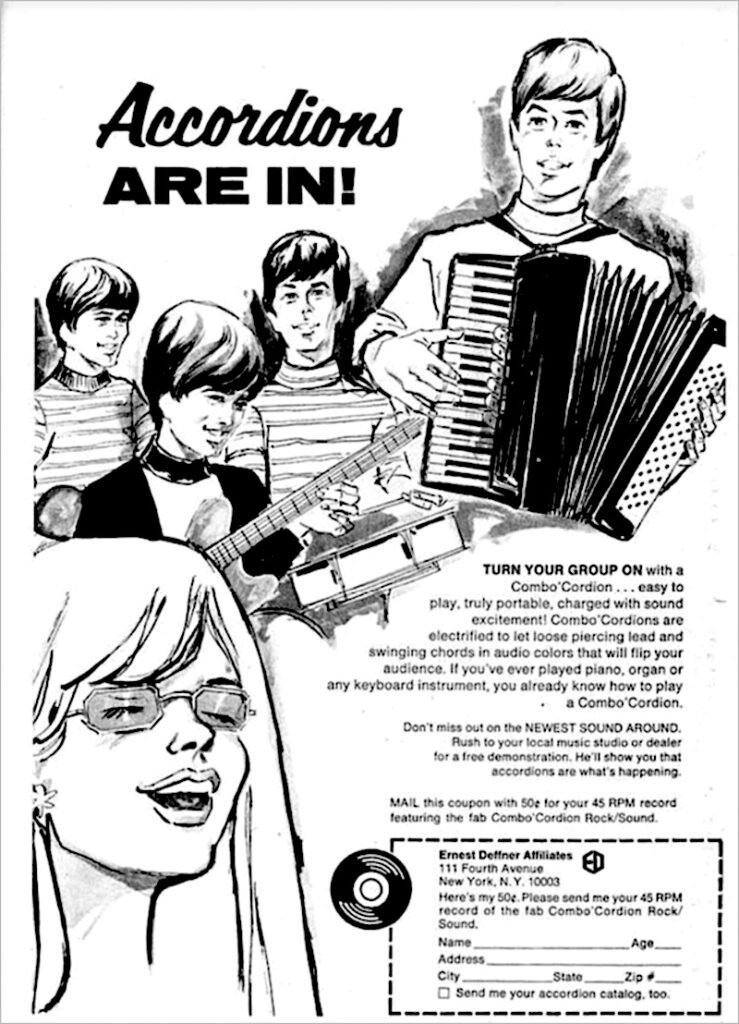I was helping out at the “Speed Networking Lounge” at the Synapse Summit conference earlier today, where they divided the room into areas where people could go to discuss different topics, which were marked by balloons. I was in the “Artificial Intelligence” area, and after the speed networking session ended, they let me take the balloon, which I tied to my accordion.
The balloon’s been attached to the accordion all day, and the accordion’s been with me wherever I’ve gone all day, including the Rollin’ Mullet pub in my neighborhood. That’s when I noticed I had an opportunity to take an “art” photo — hence the image above.
Feel free to assign whatever meaning or symbolism works for you to the photo.








